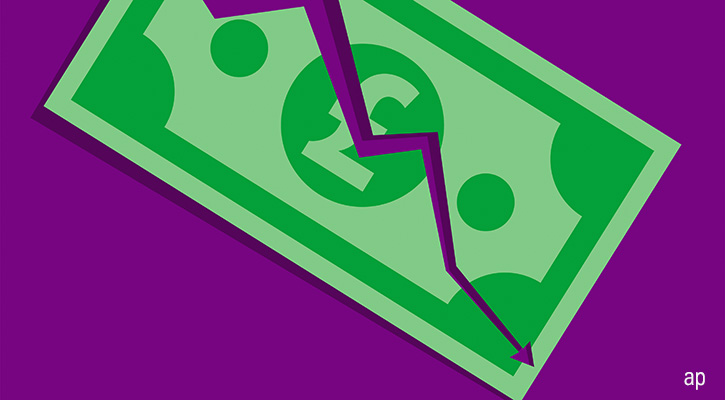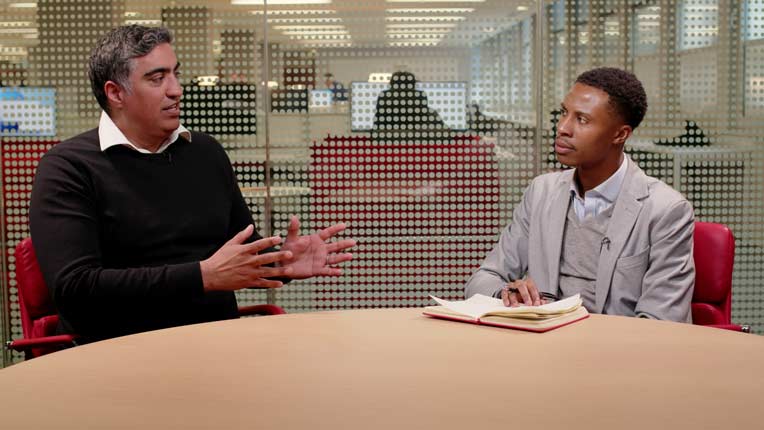Ollie Smith: Long-dismissed as a laggard in the global ideas race, the value rotation has now made investors think again about investing in the UK. But that does not solve UK companies' problems.
This week, Morningstar.co.uk plays host to a package of content looking at investing in the UK. To make things slightly more interesting, though, we've come up with a sub-theme: where is the innovation?
To answer that question, though, we want to recap on exactly what innovation is. In this snappy explainer, I'll take you through two minutes of definitions, problems, and question marks, in an attempt to pin down precisely what it is we're looking for.
A full transcript of the piece is below.
If there's one thing more popular than ESG right now, it's innovation. Cars, batteries, robotics, space travel, food, insurance, pet harnesses; everyone is doing innovation. Now, innovation may be a great watchword for companies, fund managers, analysts and traders to use when justifying their decisions. But unfortunately, it also covers a multitude of sins. So, how do you spot real innovation? To illuminate this issue, we need to put the middleman to one side for a moment and go to the dictionary.
The dictionary definition of innovation is a new method, idea, product, et cetera. So, a company or product either has to do an old thing in a new way or come up with a genuinely new thing. It's either a new way of skinning a cat or a new animal altogether. Now, I would posit that the majority of innovation happens in the first part of that definition. Only very occasionally does it occur in the second. That means you need to keep your wits about you because some people will claim they have one of the two when in fact they have neither.
One reason to be careful is the difference between innovation and quality. Take Fever-Tree, for instance. Fever-Tree's core product is tonic water and I love a G&T, but that's not really innovative. They just have a better product than some of their competitors. And no, before you ask, I don't own their shares. All that said, if Fever-Tree were to suddenly happen upon a way of producing its product at four times the speed, half the cost and genuinely change the drinks market in the process, then we might start talking about innovation. If it also comes up with a new drink altogether, that's new cat territory. Kerching. Meow.
Which brings me neatly on to our final topic: moats. An economic moat is a measure of how vulnerable a company and its products or services are to disruption. A company struggling in a crowded market of successful competitors might have no moat at all. But one with a large moat might have a near monopoly because of, say, proprietary technology, enabling it to fend off commercial threats. Now, that's not a guarantee it is innovating. But the two can go hand-in-hand.
For more on that and investing in UK innovation this week, check out Morningstar.co.uk


























